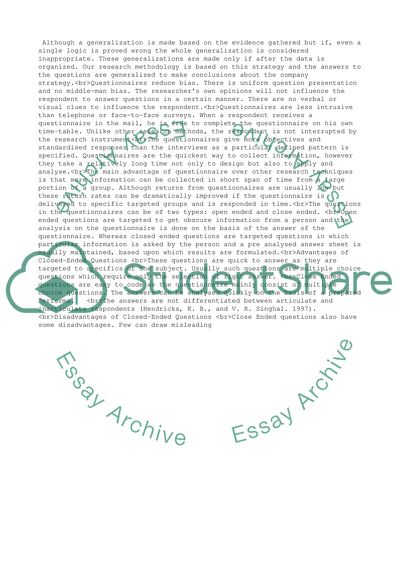Cite this document
(“Total Quality Management and Operational Management Control Assignment”, n.d.)
Total Quality Management and Operational Management Control Assignment. Retrieved from https://studentshare.org/business/1519906-total-quality-management-and-operational-management-control
Total Quality Management and Operational Management Control Assignment. Retrieved from https://studentshare.org/business/1519906-total-quality-management-and-operational-management-control
(Total Quality Management and Operational Management Control Assignment)
Total Quality Management and Operational Management Control Assignment. https://studentshare.org/business/1519906-total-quality-management-and-operational-management-control.
Total Quality Management and Operational Management Control Assignment. https://studentshare.org/business/1519906-total-quality-management-and-operational-management-control.
“Total Quality Management and Operational Management Control Assignment”, n.d. https://studentshare.org/business/1519906-total-quality-management-and-operational-management-control.


